In the journey to find a new life in the fertile red basalt land of the Central Highlands, the Tay, Nung, H'Mong, Dao ethnic groups... from some northern mountainous provinces came to settle down and brought with them unique cultural values, creating a diverse and vibrant picture. Besides the pressure of economic development and integration into life in a new land, preserving cultural identity faces many challenges.
In Po Nang village, Kon Thup commune, Mang Yang district, Gia Lai province, the way people preserve the traditional cultural ties of their people in the new land is to periodically organize community cultural activities such as Then singing and Tinh playing.
Mr. Hoang Van Soan, Chairman of the Elderly Association of Po Nang Village, shared: “We consider culture as our roots. Even though we are far from our homeland, we still try to preserve the customs, languages, and songs passed down by our ancestors.” As a Tay ethnic person, having settled in the Central Highlands for more than 20 years, Mr. Soan has always strived to preserve cultural identity as well as mobilize his fellow ethnic people to preserve traditional festivals, worship ancestors according to old customs, and at the same time harmoniously combine them with the religious life of the indigenous people.
In 2021, Mr. Soan was determined to establish a Then singing and Tinh lute club and mobilized 30 participants. The club's activities have become a bridge between generations, helping the young generation understand and be proud of their roots. It is also a vivid manifestation of the sustainable integration process, where individual identities are not faded, but also resonate in the multi-ethnic community in the Central Highlands.
“We always consider this our second homeland, people not only integrate but also actively contribute to the local socio-economic development. The important thing is that no matter where we are, national culture is always an indispensable part of everyone's life,” Mr. Hoang Van Soan affirmed.
According to Mr. Nguyen Tien Sy, Head of the Ethnic Affairs Department of Mang Yang District, Gia Lai Province, Po Nang village has 286 households with 1,294 people, of which 80 households are Tay and Nung ethnic groups. Not everyone can easily adapt to the new soil, climate and customs. However, with the policies of the Party and State on socio-economic development of ethnic minority and mountainous areas, the Tay and Nung ethnic groups have gradually built a stable life and promoted their traditional cultural identity.
From preserving the flavor of the identity of customs and practices to efforts to teach traditional crafts. In addition, the exchange with the ethnic culture of the Ba Na people in the area is always of interest to them and they learn. However, according to ethnologists, the journey of migration to a new land to settle down also encounters many difficulties, requiring local authorities, in addition to the right policies, to have cultural understanding and humane, flexible behavior.
Lo Po village, Chu Krey commune, Kong Chro district, Gia Lai province used to be the original village of the Ba Na people, with more than 100 households living together, maintaining the lifestyle of slash-and-burn farming, respecting sacred forests, having a system of village elders and customary laws. In 2009, a part of the Dao ethnic community from Lang Son moved here to live intermingled, with different rituals, activities and worship. The local government has paid great attention to this issue and has flexible ways to strengthen national solidarity.
Mr. Dinh Chuong, Vice Chairman of the People's Committee of Chu Krey Commune, said: "To resolve conflicts in community activities, we have to organize many meetings and dialogues between communities to share and explain customs to each other. From understanding comes love, then we can develop together."
But the most difficult thing is the challenge of preserving cultural identity when the speed of integration is getting stronger. This situation not only happens to the Ba Na community but also to the Dao, Tay, and Nung ethnic groups when preserving identity is facing many challenges. Because they have to integrate into the new community, but still have to make efforts to preserve the language, writing, rituals, beliefs, and traditional occupations of their ethnic group.
Faced with the risk of extinction, many communities have proactively sought ways to preserve traditional culture in new conditions. In Lo Po village, Trinh Sinh Thanh’s family and a number of Dao ethnic households have organized community activities on weekends, where adults tell stories, teach their children to speak Dao, embroider, and learn traditional musical instruments.
“The most important thing is to nurture pride and respect for the traditional values of the nation in the younger generation. When children know how to appreciate their own language, clothing, music, and festivals, the culture will not be lost, but will come alive in a new form, more suitable for modern life,” Thanh shared.
Finding new lands to settle down has posed many great challenges for ethnic minority communities in preserving their cultural identity. The Central Highlands, a land that has witnessed strong integration and adaptation, in which preserving identity is not only preserving the past, but also the foundation for the community to develop sustainably and confidently step into the future.
Source: https://nhandan.vn/gin-giu-ban-sac-van-hoa-dan-toc-noi-dat-moi-post887173.html





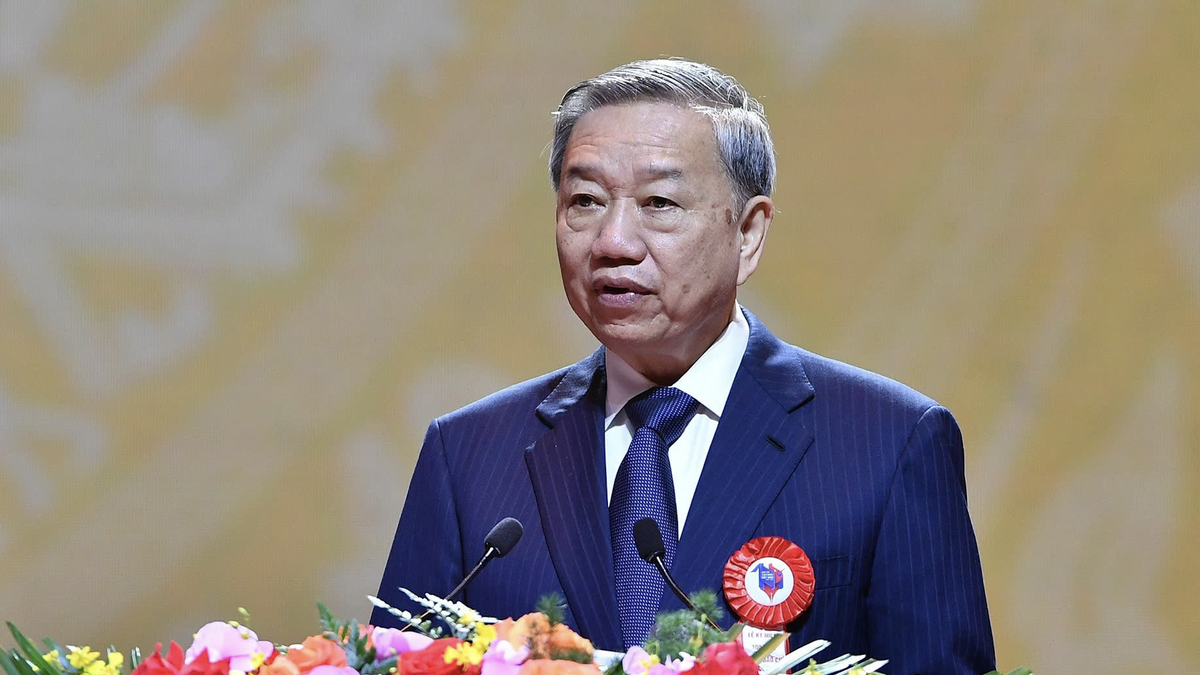


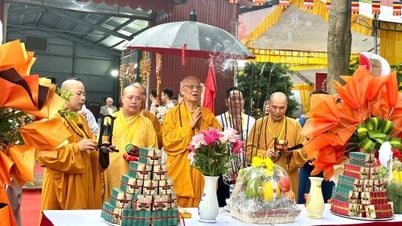

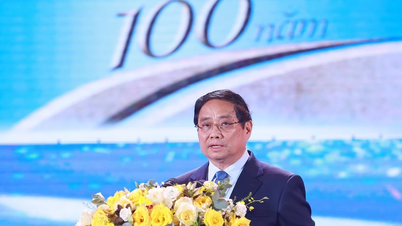












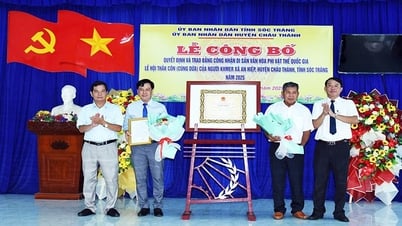


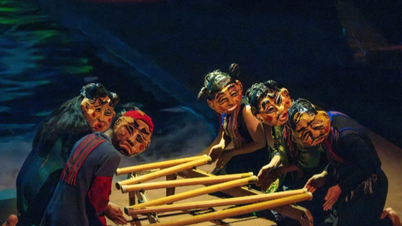


![[Photo] Central Propaganda and Mass Mobilization Department meets with exemplary journalists](https://vphoto.vietnam.vn/thumb/1200x675/vietnam/resource/IMAGE/2025/6/21/9509840458074c03a5831541450d39f8)










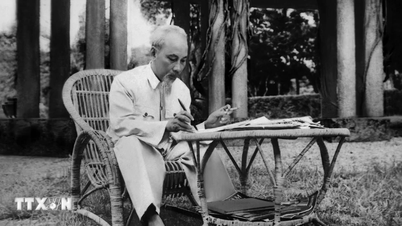









![[Maritime News] Wan Hai Lines invests $150 million to buy 48,000 containers](https://vphoto.vietnam.vn/thumb/402x226/vietnam/resource/IMAGE/2025/6/20/c945a62aff624b4bb5c25e67e9bcc1cb)









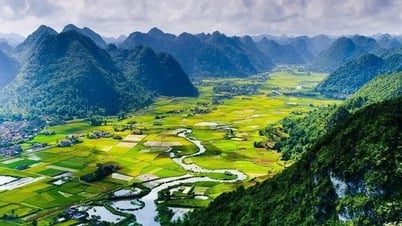




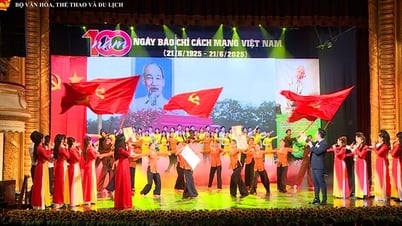


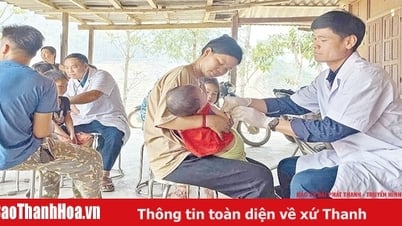


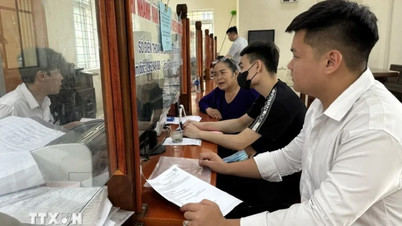












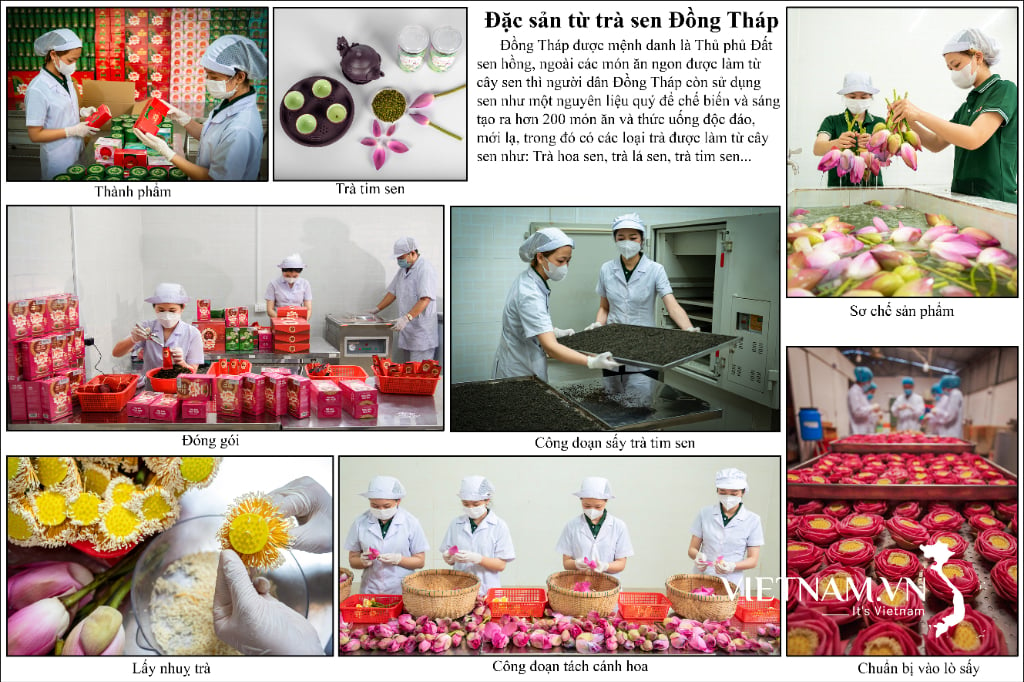

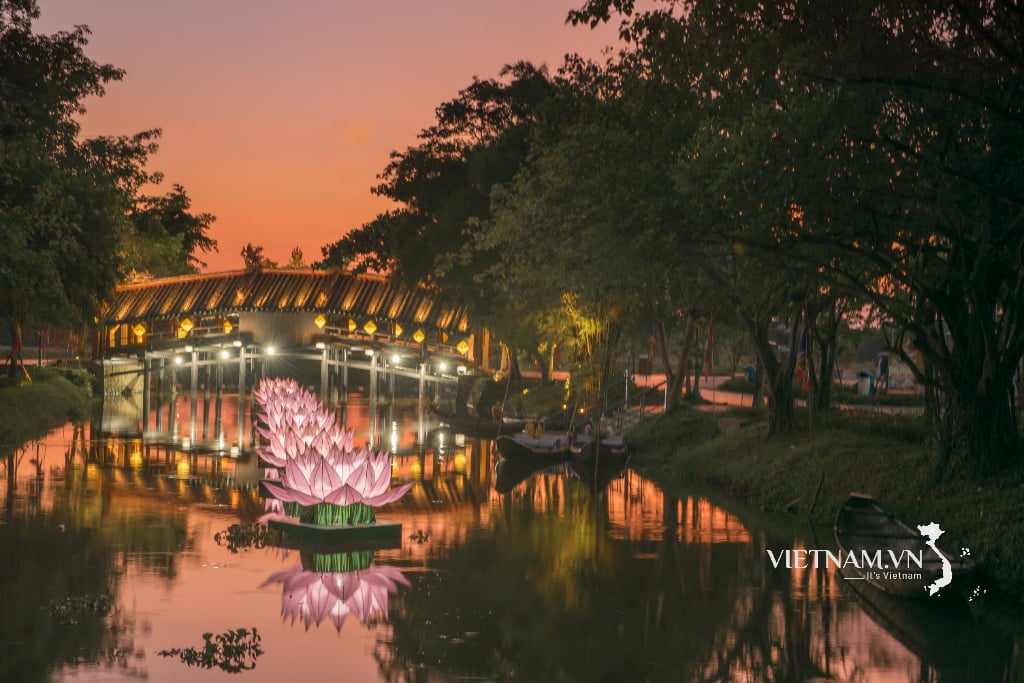

Comment (0)